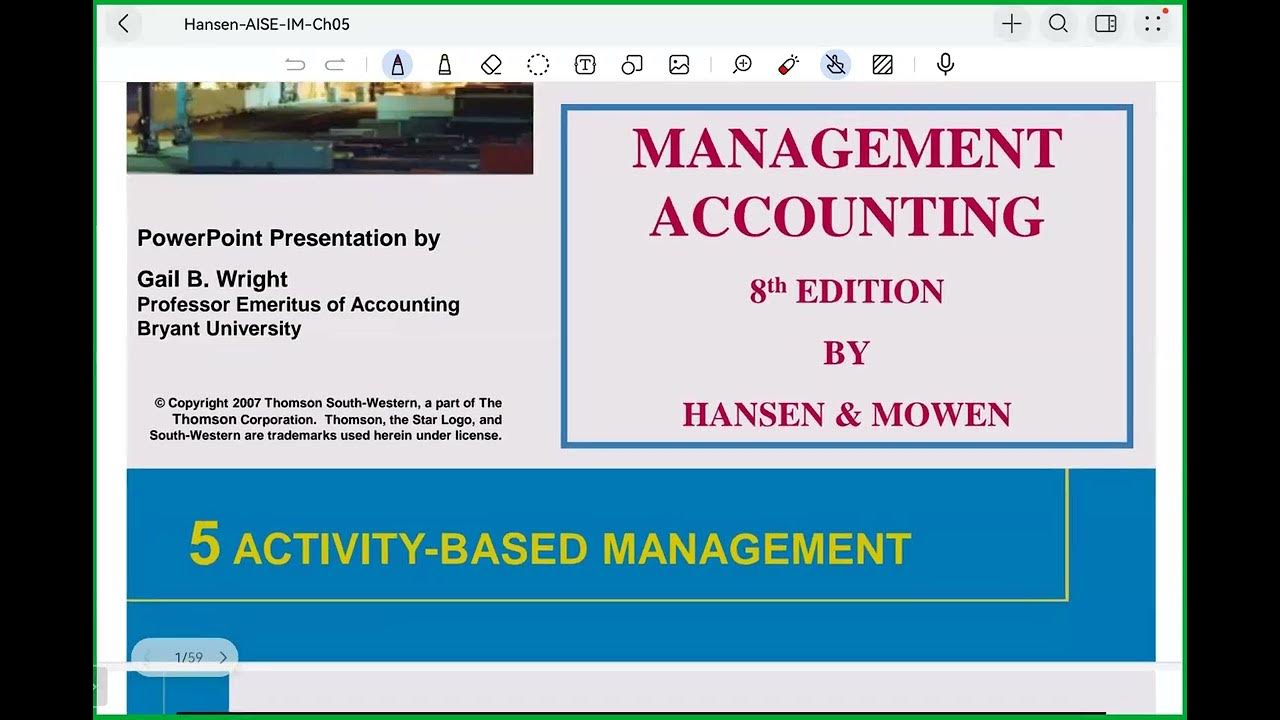The IMA Incremental process
Summary
TLDRThis presentation introduces the Integrated Modular Avionics (IMA) concept, which originated in the 1990s to reduce costs and increase integration in avionics platforms. It highlights the challenges faced with resource sharing between applications and the need for robust partitioning. The incremental certification process, developed as a solution, allows for independent hardware-software integration and better management of resources. The IMA approach promotes a modular platform and efficient integration, benefiting both system costs and business models. Key roles within this process, such as platform suppliers and function suppliers, are also outlined, emphasizing their responsibilities in ensuring successful implementation.
Takeaways
- 😀 The Integrated Modular Avionics (IMA) concept emerged in the 1990s with the aim to reduce the number of systems and cut platform development and maintenance costs.
- 😀 Early IMA implementations faced challenges with resource sharing, leading to dependencies between applications on the same platform, which impacted certification.
- 😀 The Incremental Certification Process was introduced by Airbus and Talos in the early 2000s to address issues of resource sharing and system integration in IMA.
- 😀 The Incremental Certification Process allows independent hardware-software integration for each application, promoting parallel development and reducing costs.
- 😀 In the federated integration process, each system operates independently without sharing resources, avoiding impacts from other systems.
- 😀 The conventional IMA approach integrates multiple applications on shared hardware, which introduces potential dependencies and requires additional integration efforts.
- 😀 The Incremental Certification Process utilizes extended partitioning to ensure robust isolation between applications and reduce the need for late-stage integration.
- 😀 The process introduces distinct roles: platform supplier, function supplier, and platform module integrator, each responsible for specific aspects of the integration.
- 😀 Usage domains define the resource constraints and dependencies for each application, ensuring that applications can function independently on the same platform.
- 😀 The Incremental Certification Process, while requiring higher initial investment, ultimately reduces costs by enhancing system independence and streamlining integration.
- 😀 Comparing cost models: the federated process leads to higher costs due to system dependencies, while the incremental process offers better long-term value and more efficient integration.
Q & A
What is the main goal of the SCARLET project?
-The SCARLET project aims to provide scalable and reconfigurable electronics platforms and tools, with a focus on integrated modular avionics (IMA).
When did the Integrated Modular Avionics (IMA) concept first appear?
-The IMA concept first appeared in the 1990s, with the main objectives of reducing the number of equipment types, minimizing development and maintenance costs, and increasing platform integration.
What challenges did the IMA architecture face during its early implementation?
-The early implementation of IMA faced challenges related to dependencies introduced through resource sharing between applications, especially when multiple applications from independent suppliers were hosted on common resources.
What solution was introduced to address the challenges of resource sharing in IMA?
-A solution to these challenges was introduced by Airbus and Thales during the A380 program, which involved a high-level IMA integration capability and the birth of the incremental certification process.
How does the federated process differ from the conventional IMA integration process?
-In the federated process, each system or aircraft function is independent and has its own dedicated hardware. There are no interactions between the hardware of different systems, making the integration simpler. In contrast, the conventional IMA process shares common hardware resources between multiple functions, which can lead to issues such as resource conflicts.
What role does the extended partitioning concept play in the incremental certification process?
-Extended partitioning ensures the independent hardware-software integration of each application, making it possible for function suppliers to build their certification packages in advance and support a more modular and flexible platform development process.
What is the concept of a 'usage domain' in the context of the incremental certification process?
-A usage domain is a set of rules that defines the subset of platform properties applicable to a specific application, ensuring that the application operates independently and doesn't interfere with others sharing the same platform.
What is the key difference between the incremental and conventional approaches in IMA integration?
-The incremental approach leads to better resource allocation and independence between applications, using extended partitioning to ensure that applications don't interfere with each other. The conventional approach, on the other hand, relies on basic partitioning and can face issues related to shared resources.
What are the responsibilities of the platform supplier in the incremental certification process?
-The platform supplier is responsible for ensuring that the platform adheres to extended partitioning properties and usage domain definitions. They also handle the qualification of these properties and ensure that platform resources are allocated correctly.
How does the incremental certification process benefit the development of IMA systems?
-The incremental certification process provides a structured, efficient way to develop IMA systems by ensuring clear separation of responsibilities between actors and supporting modularity. It reduces the risks of resource sharing conflicts and supports the parallel development of functions while maintaining platform integrity.
Outlines

此内容仅限付费用户访问。 请升级后访问。
立即升级Mindmap

此内容仅限付费用户访问。 请升级后访问。
立即升级Keywords

此内容仅限付费用户访问。 请升级后访问。
立即升级Highlights

此内容仅限付费用户访问。 请升级后访问。
立即升级Transcripts

此内容仅限付费用户访问。 请升级后访问。
立即升级5.0 / 5 (0 votes)






